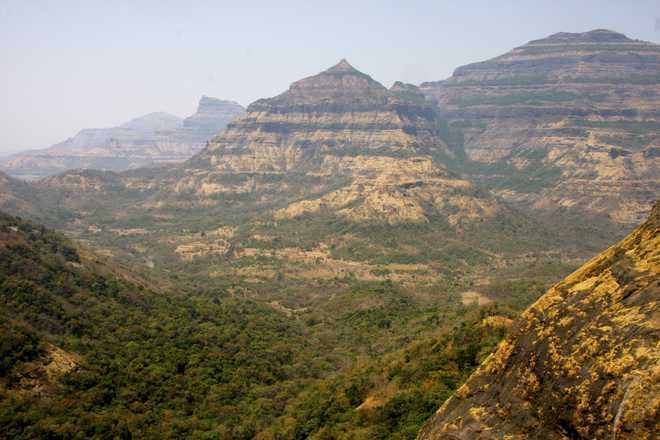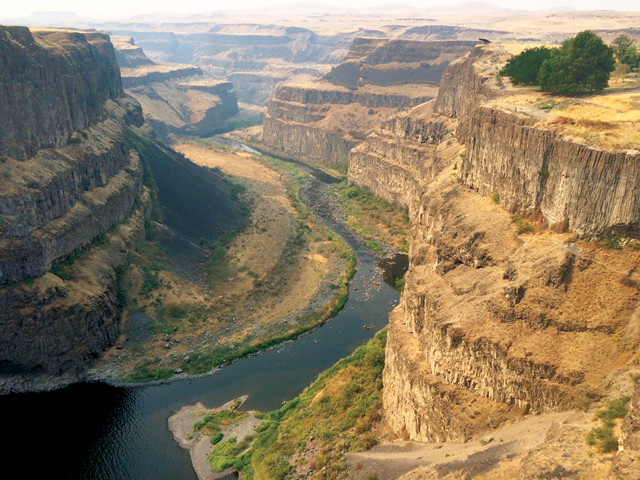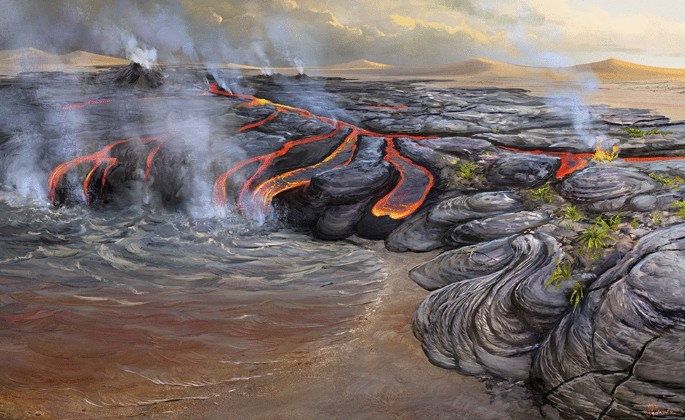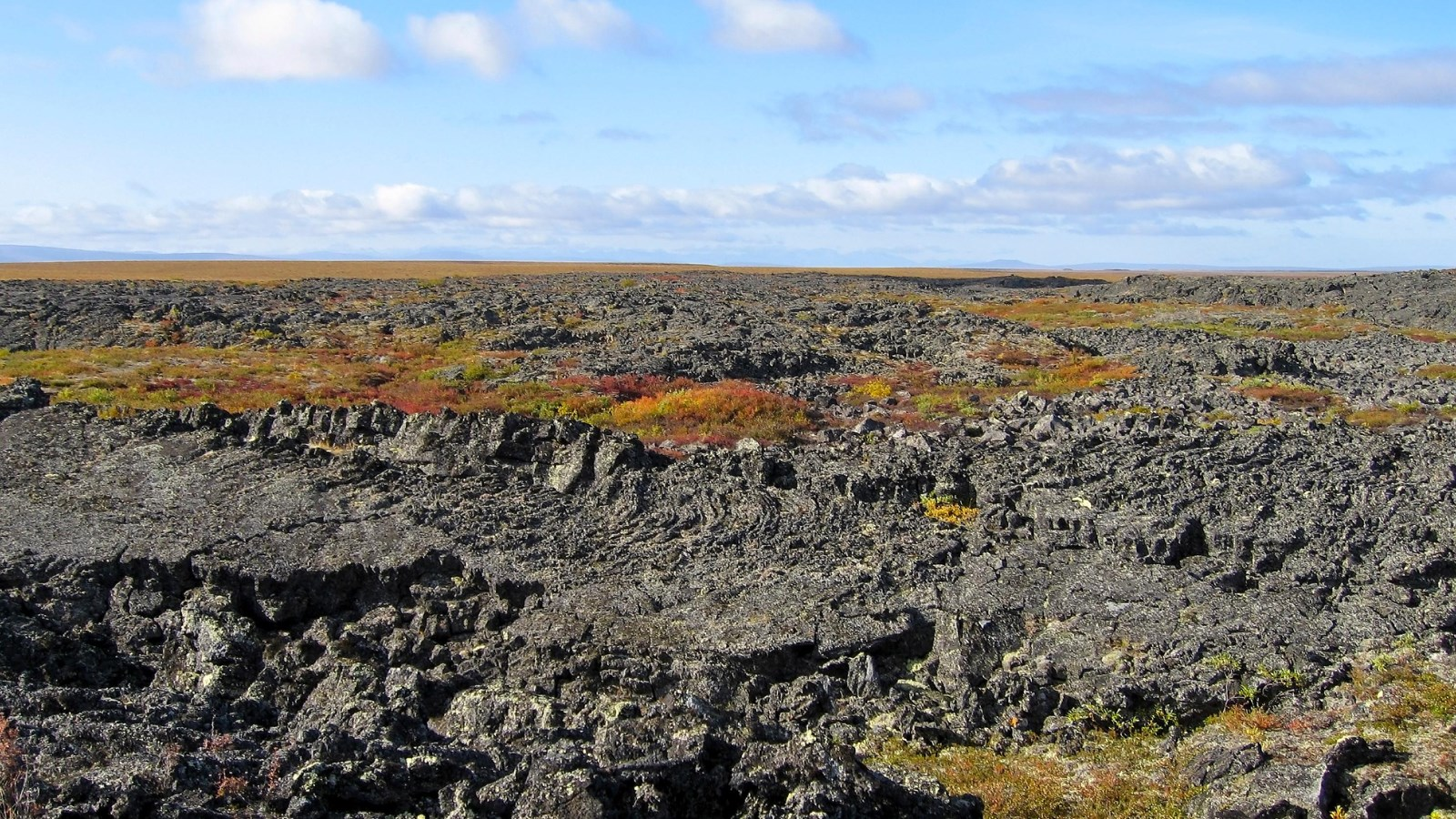Lava fields, sprawling expanses of solidified molten rock, stand as awe-inspiring testaments to the raw power and majesty of Earth’s volcanic forces. These vast landscapes, forged by the fiery breath of our planet, are not only geological wonders but also windows into the tumultuous history of our dynamic world. From the rugged badlands of Iceland to the scorched terrain of Hawaii, these colossal lava fields captivate our imagination and challenge our perception of the Earth’s ever-changing surface.
The study of lava fields is a captivating exploration of the Earth’s innermost workings, shedding light on the intricate dance between tectonic forces, volcanic eruptions, and the cooling processes that shape these otherworldly terrains. Each lava field holds within its contours a unique story, etched in stone, of ancient eruptions that once painted the landscape in hues of molten red and orange.
As we delve into the top 12 largest lava fields on our planet, we embark on a journey that spans continents and geological eras, unveiling the sheer magnitude and diversity of these molten masterpieces. From the undulating waves of solidified basalt to the jagged ridges of cooled andesite, these lava fields offer a mesmerizing glimpse into the raw power that lurks beneath the Earth’s crust.
Laki Lava Field, Iceland

Nestled in the heart of Iceland’s rugged terrain, the Laki Lava Field stands as a testament to one of the most devastating volcanic events in recorded history. Spanning an astonishing 565 square kilometers (218 square miles), this immense expanse of basaltic lava was birthed during the Lakagígar eruptions of 1783-1784, which unleashed a torrent of molten rock and noxious gases that profoundly impacted the global climate.
The Laki Lava Field is a stark reminder of the Earth’s volatile nature, with its undulating surface punctuated by jagged ridges, craggy fissures, and otherworldly rock formations. This geological wonder has not only captured the attention of scientists and adventurers but has also left an indelible mark on Icelandic culture and folklore, serving as a powerful symbol of the island nation’s resilience in the face of nature’s fury.
Snake River Plain, United States

Stretching across southern Idaho and parts of Oregon and Nevada, the Snake River Plain is a vast lava field that spans an awe-inspiring 85,000 square kilometers (32,800 square miles). This colossal expanse of basaltic lava, formed over millions of years by a series of volcanic eruptions, is a testament to the incredible scale and longevity of the Earth’s volcanic processes.
The Snake River Plain is a geological marvel, featuring a diverse array of lava types, including pahoehoe (smooth, ropy lava) and aa (jagged, blocky lava). Its undulating surface is dotted with cinder cones, lava tubes, and the iconic Craters of the Moon National Monument, where visitors can witness firsthand the otherworldly beauty of this vast lava field.
Deccan Traps, India

Spanning a staggering 500,000 square kilometers (193,000 square miles) across the Indian subcontinent, the Deccan Traps stand as one of the largest and most ancient lava fields on Earth. Formed by a series of volcanic eruptions that occurred between 66 and 63 million years ago, this colossal basaltic lava field has played a crucial role in shaping the landscape of western and central India.
The Deccan Traps are characterized by their distinctive layered appearance, with each layer representing a separate volcanic event. This geological wonder has long captivated scientists and researchers, who have studied its impact on the global climate and its potential link to the mass extinction event that marked the end of the Cretaceous period.
Bárðarbunga Lava Field, Iceland

Located in the heart of Iceland’s volcanic belt, the Bárðarbunga Lava Field is a sprawling expanse of basaltic lava that covers an area of approximately 700 square kilometers (270 square miles). This immense lava field was born during the 2014-2015 eruption of the Bárðarbunga volcanic system, one of the largest volcanic events in Iceland since the infamous Laki eruption of 1783.
The Bárðarbunga Lava Field is a striking example of the raw power and dynamism of Iceland’s volcanic landscape. Its undulating surface is dotted with craggy ridges, lava tubes, and otherworldly formations that captivate the eye and ignite the imagination. This geological wonder serves as a reminder of the ever-present forces that shape and reshape the Earth’s surface, leaving behind a breathtaking tapestry of solidified molten rock.
Columbia River Basalt Group, United States

Spanning across parts of Washington, Oregon, and Idaho, the Columbia River Basalt Group is a vast lava field that covers an area of approximately 210,000 square kilometers (81,000 square miles). Formed by a series of massive volcanic eruptions that occurred between 17 and 6 million years ago, this colossal expanse of basaltic lava is a testament to the Earth’s tumultuous geological history.
The Columbia River Basalt Group is renowned for its distinctive features, including the iconic columnar basalt formations and the captivating landscapes of the Channeled Scablands, where ancient floods carved deep canyons and sculpted the terrain. This lava field has long fascinated geologists and adventurers alike, offering a glimpse into the raw power and majesty of the Earth’s volcanic forces.
Galapagos Lava Fields, Ecuador

Situated in the heart of the Galapagos Islands, a volcanic archipelago straddling the equator off the coast of Ecuador, the Galapagos Lava Fields are a striking example of the Earth’s ongoing volcanic activity. These vast expanses of basaltic lava, covering an area of approximately 7,900 square kilometers (3,050 square miles), have been shaped by countless eruptions over the centuries.
The Galapagos Lava Fields are a unique blend of rugged beauty and diverse ecosystems, with hardy plant and animal species thriving amidst the stark, otherworldly landscapes. From the iconic tuff cones and lava tubes to the pristine beaches and crystal-clear waters, this geological wonder offers a mesmerizing glimpse into the interplay between volcanic forces and the resilience of life.
Dhi Ain Lava Field, Yemen

Situated in the southern reaches of the Arabian Peninsula, the Dhi Ain Lava Field is a vast expanse of basaltic lava that covers an area of approximately 12,000 square kilometers (4,600 square miles). This immense lava field was formed by a series of volcanic eruptions that occurred during the Oligocene epoch, between 34 and 23 million years ago.
The Dhi Ain Lava Field is a striking example of the Earth’s geological diversity, with its rugged terrain and distinctive features that have captivated scientists and adventurers alike. From the jagged ridges and cinder cones to the intricate lava tubes and caves, this lava field offers a window into the ancient volcanic processes that have shaped the Arabian Peninsula.
Chilcotin Group Basalts, Canada

Spanning across the interior plateaus of British Columbia, the Chilcotin Group Basalts are a vast lava field that covers an area of approximately 35,000 square kilometers (13,500 square miles). Formed by a series of volcanic eruptions that occurred during the Miocene epoch, between 23 and 5 million years ago, this colossal expanse of basaltic lava is a testament to the Earth’s volcanic history.
The Chilcotin Group Basalts are renowned for their diverse and striking landscapes, including the iconic lava plateaus, cinder cones, and the captivating Rainbow Range, where the vibrant hues of oxidized minerals paint the rock formations in a kaleidoscope of colors. This geological wonder offers a mesmerizing glimpse into the Earth’s fiery past and the enduring beauty of its volcanic landscapes.
Paraná and Etendeka Lava Fields, Brazil and Namibia

Straddling the border between Brazil and Namibia, the Paraná and Etendeka Lava Fields are a colossal expanse of basaltic lava that covers an area of approximately 1.2 million square kilometers (463,000 square miles). Formed by a series of volcanic eruptions that occurred during the Cretaceous period, between 138 and 127 million years ago, these lava fields are among the largest and most ancient on Earth.
The Paraná and Etendeka Lava Fields are a geological marvel, featuring a diverse array of volcanic features, including lava plateaus, cinder cones, and the iconic Walvis Ridge, a massive underwater mountain chain formed by the same volcanic activity. This immense lava field has long captivated scientists and researchers, who have studied its impact on the global climate and its potential role in shaping the breakup of the supercontinent Gondwana.
Bunchberry Lava Field, Canada

Located in the rugged wilderness of the Yukon Territory in Canada, the Bunchberry Lava Field is a vast expanse of basaltic lava that covers an area of approximately 8,500 square kilometers (3,300 square miles). Formed by a series of volcanic eruptions that occurred during the Miocene epoch, between 23 and 5 million years ago, this lava field is a testament to the Earth’s volcanic history in the northern regions.
The Bunchberry Lava Field is a striking example of the raw power and beauty of the Earth’s volcanic forces, with its undulating surface punctuated by craggy ridges, lava tubes, and otherworldly rock formations. This geological wonder has long captivated adventurers and scientists alike, offering a glimpse into the ancient volcanic processes that have shaped the harsh yet mesmerizing landscapes of the Yukon.
Gjallar Kampur, Iceland

Located in the heart of Iceland’s volcanic belt, the Gjallar Kampur is a vast lava field that covers an area of approximately 470 square kilometers (181 square miles). Formed by a series of volcanic eruptions during the Holocene epoch, this colossal expanse of basaltic lava is a testament to the ongoing volcanic activity that shapes Iceland’s dynamic landscapes.
The Gjallar Kampur is a striking example of the raw power and majesty of Iceland’s volcanic forces, with its undulating surface punctuated by jagged ridges, craggy fissures, and otherworldly rock formations. This lava field has long captivated adventurers and geologists, offering a mesmerizing glimpse into the Earth’s fiery heart and the ever-changing face of our planet.
Thjorsa Lava, Iceland

Nestled in the heart of Iceland’s volcanic belt, the Thjorsa Lava is a vast expanse of basaltic lava that covers an area of approximately 800 square kilometers (309 square miles). Formed by a series of volcanic eruptions during the Holocene epoch, this colossal lava field is a testament to the ongoing volcanic activity that shapes Iceland’s dynamic landscapes.
The Thjorsa Lava is a striking example of the raw power and majesty of Iceland’s volcanic forces, with its undulating surface punctuated by jagged ridges, craggy fissures, and otherworldly rock formations. This lava field has long captivated adventurers and geologists, offering a mesmerizing glimpse into the Earth’s fiery heart and the ever-changing face of our planet.
Conclusion
The top 12 largest lava fields in the world stand as awe-inspiring testaments to the raw power and majesty of the Earth’s volcanic forces. From the ancient basaltic expanses of the Deccan Traps to the rugged landscapes of Iceland’s lava fields, these geological wonders offer a mesmerizing glimpse into the fiery heart of our planet and the tumultuous processes that have shaped its surface.
As we explore these colossal lava fields, we are reminded of the Earth’s dynamic nature and the incredible diversity of volcanic landscapes that adorn its surface. Each lava field holds within its contours a unique story, etched in stone, of ancient eruptions and the cooling processes that have transformed molten rock into breathtaking geological masterpieces.
The study of these lava fields not only captivates our imagination but also provides invaluable insights into the Earth’s geological history, the evolution of landscapes, and the potential impacts of volcanic activity on global climate and ecosystems. As we continue to unravel the mysteries of these molten tapestries, we deepen our appreciation for the awe-inspiring forces that have sculpted our world and the ever-changing tapestry of our planet’s surface.

